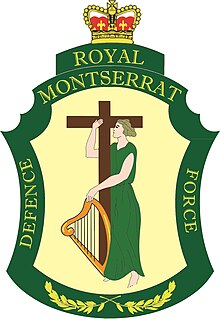
The British Armed Forces are the military forces responsible for the defence of the United Kingdom, its Overseas Territories and the Crown Dependencies. They also promote the UK's wider interests, support international peacekeeping efforts and provide humanitarian aid.
Commander is a common naval officer rank as well as a job title in many armies. Commander is also used as a rank or title in other formal organizations, including several police forces. In several countries this naval rank is termed frigate captain.

An aide-de-camp is a personal assistant or secretary to a person of high rank, usually a senior military, police or government officer, or to a member of a royal family or a head of state.
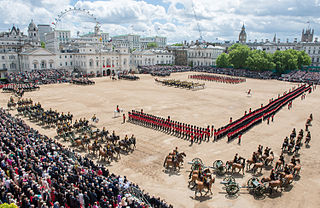
Trooping the Colour is a ceremonial event performed every year on Horse Guards Parade in London, United Kingdom, by regiments of Household Division, to celebrate the official birthday of the British sovereign. It is also known as the Sovereign's Birthday Parade. Similar events are held in other countries of the Commonwealth. In the UK, it is, with the State Opening of Parliament, one of the biggest events of the ceremonial calendar, and watched by millions on TV and on the streets of London.
The Household Cavalry (HCav) is made up of the two most senior regiments of the British Army, The Life Guards and The Blues and Royals. These regiments are divided between the Household Cavalry Regiment stationed at Wing Barracks in Wiltshire and the ceremonial mounted unit, the Household Cavalry Mounted Regiment, garrisoned at Hyde Park Barracks in London. The Household Cavalry is part of the Household Division and is the King's official bodyguard. Although the Household Cavalry Regiment is armoured, it is not part of the Royal Armoured Corps.

The Royal Gibraltar Regiment is part of British Forces Gibraltar for the British overseas territory of Gibraltar, which historically, along with Bermuda, Halifax, Nova Scotia, and Malta, had been designated an Imperial fortress rather than a colony. It was formed in 1958 from the Gibraltar Defence Force as an infantry unit, with an integrated artillery troop. The regiment is included in the British Army as a defence engagement force.

The Royal Bermuda Regiment (RBR) is the home defence unit of the British Overseas Territory of Bermuda. It is a single territorial infantry battalion that was formed on the amalgamation in 1965 of two originally voluntary units, the mostly black Bermuda Militia Artillery (BMA) and the almost entirely white Bermuda Rifles, and the only remaining component of the Bermuda Garrison since the 1957 withdrawal of regular units and detachments from Bermuda.
Commandant is a title often given to the officer in charge of a military training establishment or academy. This usage is common in English-speaking nations. In some countries it may be a military or police rank. It is also often used to refer to the commander of a military prison or prison camp.

The Cape Town Highlanders is a reserve mechanised infantry regiment of the South African Army.
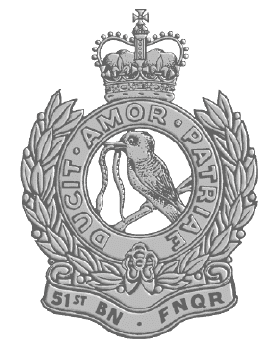
The 51st Battalion, Far North Queensland Regiment is an Australian Army Regional Force Surveillance Unit headquartered at Porton Barracks in Cairns. The battalion's primary role is to conduct reconnaissance and surveillance tasks in support of border security operations. Its area of operations includes the Torres Strait and the Cape York littoral environment. Additional tasks for 51FNQR include the collection and collation of military geographic information as well as community engagement and disaster relief operations.

British Forces Cyprus (BFC) is the name given to the British Armed Forces stationed in the UK Sovereign Base Areas of Akrotiri and Dhekelia on the island of Cyprus and at a number of related 'retained sites' in the Republic of Cyprus. The United Kingdom retains a military presence on the island in order to keep a strategic location at the eastern end of the Mediterranean, for use as a staging point for forces sent to locations in the Middle East and Asia. BFC is a tri-service command, with all three services based on the island reporting to it.
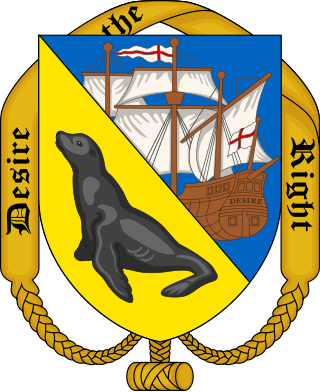
The Falkland Islands Defence Force (FIDF) is the locally maintained volunteer defence unit in the Falkland Islands, a British Overseas Territory. The FIDF works alongside the military units supplied by the United Kingdom to ensure the security of the islands.
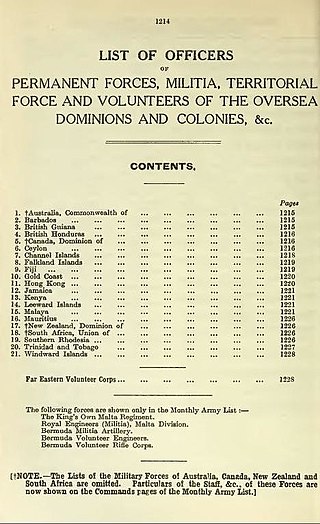
The British Colonial Auxiliary Forces were the various military forces of Britain's colonial empire which were not considered part of the British military proper.

The Bermuda Garrison was the military establishment maintained on the British Overseas Territory and Imperial fortress of Bermuda by the regular British Army and its local militia and voluntary reserves from 1701 to 1957. The garrison evolved from an independent company, to a company of Royal Garrison Battalion during the American War of Independence, and a steadily growing and diversifying force of artillery and infantry with various supporting corps from the French Revolution onwards. During the American War of Independence, the garrison in Bermuda fell under the military Commander-in-Chief of America. Subsequently, it was part of the Nova Scotia Command until 1868, and was an independent Bermuda Command from then until its closure in 1957.

Until 1689, mutiny was regulated in England by Articles of War instituted by the monarch and effective only in a period of war. This abuse of the crown's prerogative caused Parliament to pass the Petition of Right in 1628. This Act stated that neither civilians nor soldiers and officers who were in England during peace were subject to military courts or law. Only common-law courts and courts of equity could exercise authority over individuals in peacetime England. Because the articles of war did not fall under these court's jurisdiction, military law could not be applied to anyone in England, whether soldier or civilian.
The Royal Malta Fencible Regiment was an infantry battalion of the British Army which existed from 1815 to 1861 in Malta, then a British colony. The regiment was recruited and organised by Francesco Rivarola in 1815; Rivarola had proved himself loyal to the British Crown in fighting France. In 1861 the regiment was disbanded as an infantry unit and designated as a coastal artillery defence regiment, becoming the Royal Malta Fencible Artillery.

The Presentation of Colours is a military ceremony that marks an anniversary or significant event in the history of a particular regiment or similar military unit. This involves the presentation of a new version of the regimental colour to a regiment or equivalent formation in their respective armed forces service branch. This is a traditional ceremony that was pioneered by the British Armed Forces, and is today used in most Commonwealth countries.
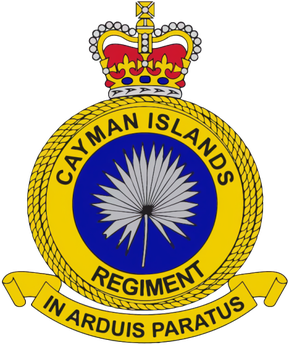
The Cayman Islands Regiment is the home defence unit of the British Overseas Territory of the Cayman Islands. It is a single territorial infantry and engineer reserve unit of the British Armed Forces that was formed in 2020. The regiment has an authorized strength level objective of 175 personnel, akin to that of a company-sized unit.

The Turks and Caicos Islands Regiment is the home defence unit of the British Overseas Territory of the Turks and Caicos Islands. It is a single territorial infantry and engineer reserve unit of the British Armed Forces that was formed in 2020. The Regiment has an authorized strength level objective of 46 personnel, akin to that of a platoon-sized unit.
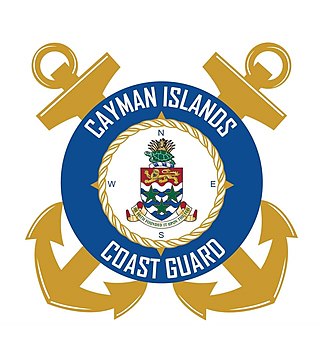
The Cayman Islands Coast Guard is the maritime security and search and rescue agency of the British Overseas Territory of the Cayman Islands. It was formed in late 2018 under the umbrella of the Royal Cayman Islands Police Service and was officially made as its own entity in 2021.
